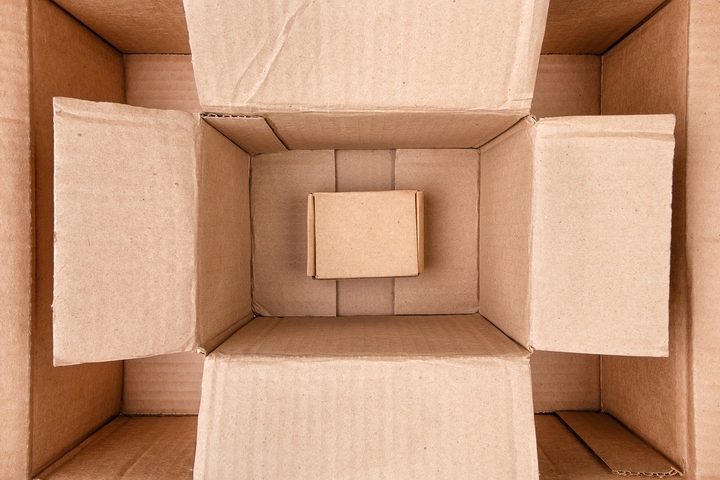Cardboard is actually a very versatile material, which comes in different styles and types depending on your needs. One of the most popular uses for cardboard is in packaging. Cardboard can be adjusted and adapted to different strengths, weights, widths. Therefore, it is used for almost infinite functions.
When choosing cardboard packaging, there are some features that will help you make your decision. The weight of the item the cardboard will be used to package is important. As well, will it be subject to wet conditions? If so, you will need to consider lamination abilities or other methods of protecting the cardboard from becoming damaged by wet conditions. Finally: printing. Some cardboard is easier to print on than others, so it’s important to consider.
Here are the thirteen different types of cardboard packaging and their uses:
Type #1: Corrugated fiberboard
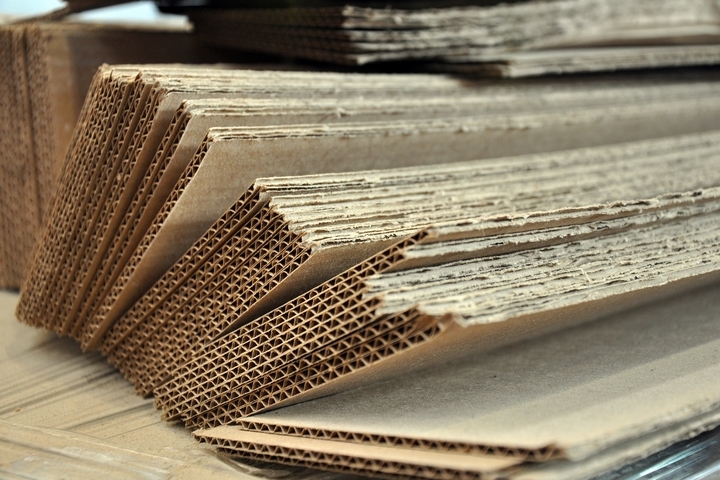 A three-layered material, corrugated fiberboard is made up of a flat outside on each side, with a wavy layer in the centre called fluting. This wavy centre works to make the material stronger, allowing it to hold heavier objects without bending or folding.
A three-layered material, corrugated fiberboard is made up of a flat outside on each side, with a wavy layer in the centre called fluting. This wavy centre works to make the material stronger, allowing it to hold heavier objects without bending or folding.
Corrugated fiberboard comes in a variety of thicknesses to allow for stronger or less strong cardboards depending on the packaging needs. Sizes of corrugated fiberboard are usually indicated in letters. The size is based on the width and frequency of the waves in the flute layer in the middle. For example, B flute is three millimetres, A flute is five millimetres, and C flute is four millimetres.
Type #2: Single-face board
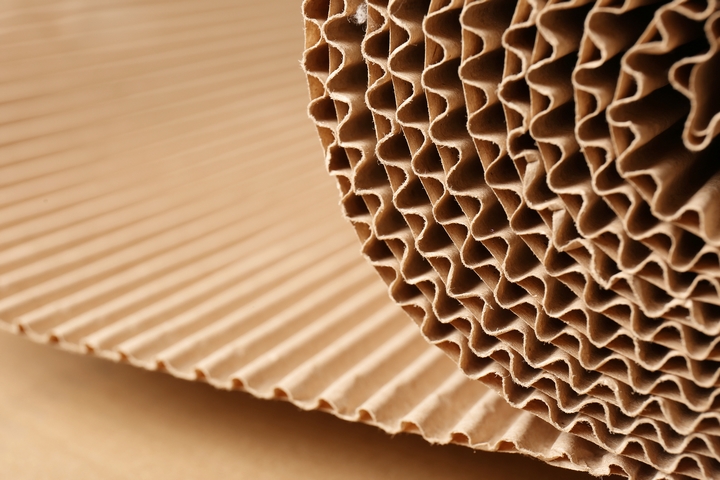 Single-face board is corrugated cardboard that does not have the second straight piece on the other side of the flute layer. These types of cardboard packaging is often used to separate items that are placed in one box, so that they don’t knock together or get broken in transit.
Single-face board is corrugated cardboard that does not have the second straight piece on the other side of the flute layer. These types of cardboard packaging is often used to separate items that are placed in one box, so that they don’t knock together or get broken in transit.
Type #3: Single-wall board
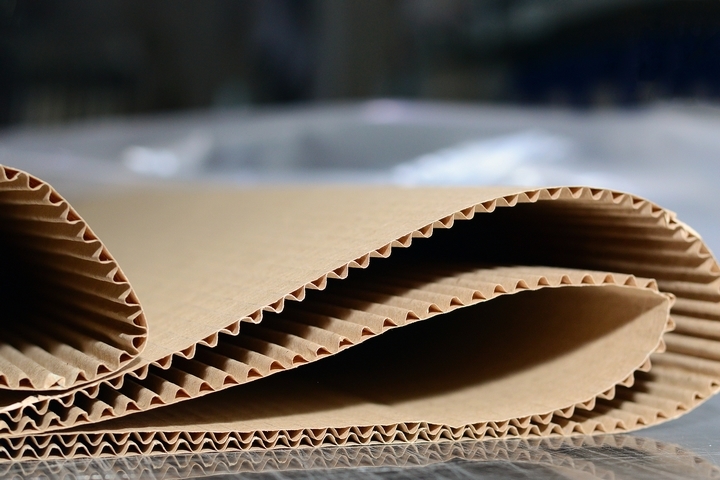 This is your typical corrugated cardboard. It has one layer of fluting in the centre of two flat walls. This is the cardboard that is normally used in boxes, as it can still be quite strong, even with just one flute layer.
This is your typical corrugated cardboard. It has one layer of fluting in the centre of two flat walls. This is the cardboard that is normally used in boxes, as it can still be quite strong, even with just one flute layer.
Type #4: Double-wall board
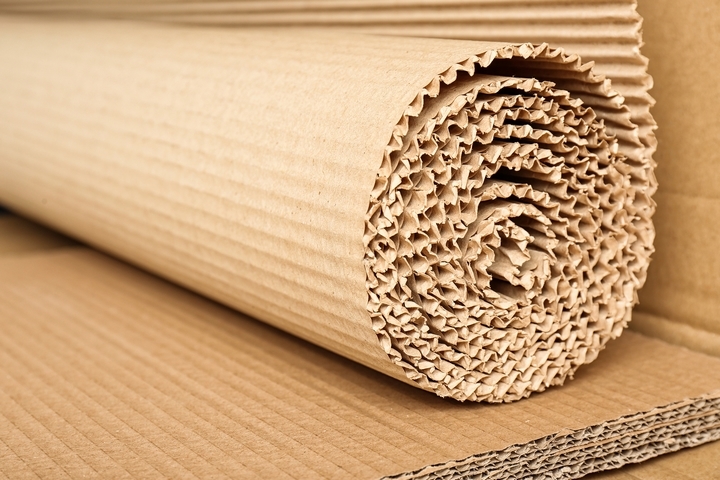 Naturally, the double-wall board adds an extra layer of fluting in between the two outside layers. This not only makes the board stronger, but also adds extra protection to whatever product is being housed inside.
Naturally, the double-wall board adds an extra layer of fluting in between the two outside layers. This not only makes the board stronger, but also adds extra protection to whatever product is being housed inside.
Type #5: Triple-wall board
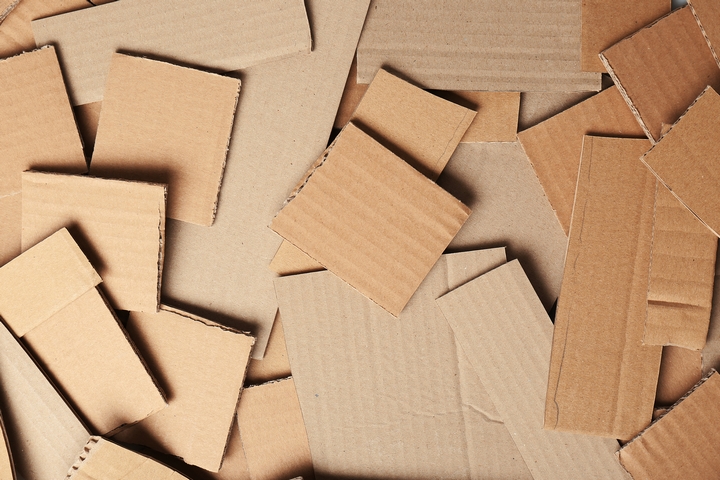 You’ve probably already guessed that triple-wall board has three layers of fluting in between the two outside walls. This is a less commonly used type of cardboard, as it is really only necessary for exceptionally heavy items – say, automotive parts or large appliances.
You’ve probably already guessed that triple-wall board has three layers of fluting in between the two outside walls. This is a less commonly used type of cardboard, as it is really only necessary for exceptionally heavy items – say, automotive parts or large appliances.
Type #6: More walls
 There are even cardboards with four layers, five layers, or even more, of fluting between the two outside walls, but these are very rare and would really only be used for their strength in exceptional circumstances.
There are even cardboards with four layers, five layers, or even more, of fluting between the two outside walls, but these are very rare and would really only be used for their strength in exceptional circumstances.
Type #7: Honeycomb cardboard
Also not a very popular choice of cardboard, but also used for its strength is honeycomb board. This cardboard has several levels of corrugation that make up the length of the piece, and all of these layers are covered by a piece of layered paper on each side to make up the width of the board. It can be used as a replacement for pallets and for other industrial needs.
Type #8: Paperboard
This is a very thin type of cardboard, that is used for everything from cereal boxes to toilet paper rolls. Paperboard is also known by the names chipboard or carton, and it is less sturdy than corrugated fiberboard, so is used for lighter objects or non-load-bearing purposes.
Type #9: Grey paperboard
Grey paperboard is at least partially made up of recycled paper materials. It is most commonly used for packaging purposes. It is typically grey in colour because it is made of recycled materials, and is not usually bleached.
Type #10: Grey cardboard
Just like grey paperboard, grey cardboard is also made of recycled paper materials. This type of cardboard packaging has many uses in different industries, including book binding, model-making, and, of course, packaging products. It is at least slightly thicker than paperboard.
Type #11: Matboard
The most common use for matboard is in picture frames. It helps to protect art or photographs and gives them a compete look while keeping them flat and safe. There are several different types of matboard, including the standard matboard, white core matboard, black core and colour core matboard, and conservation board.
Matboard is not good for conservation. It will slow the deterioration of the photo or art it is protecting, but will not prevent it completely. Therefore, it is best to use another type of matboard for long-term storage and protection of delicate art and images.
Type #12: Conservation board
This is another type of matboard which actually is effective for conservation framing. This means that delicate art or photos specifically will be effectively protected in the long term by this type of cardboard backing.

